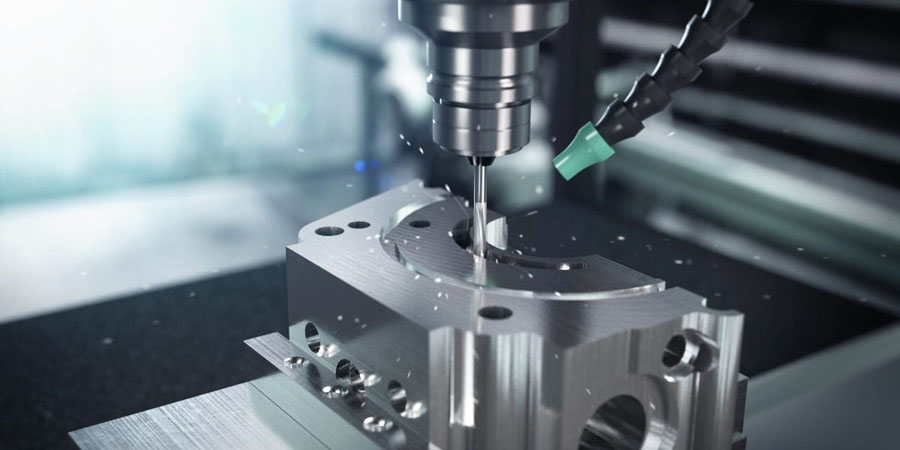In the realm of manufacturing, the landscape has evolved to favor flexibility and efficiency. Small batch CNC machining involves small-scale production of products or components, typically between 10-1000. Small batch CNC machining has emerged as a pivotal strategy, offering a myriad of benefits and employing specialized techniques to cater to the demands of diverse industries. Here’s an exploration of the advantages and techniques associated with small batch CNC machining:
Benefits of Small Batch CNC Machining:
1. Cost-Efficiency and Rapid profitability:
Small batch production allows for cost savings in terms of materials, setup, and tooling. This is particularly advantageous for businesses looking to test the market or produce limited quantities.
Meanwhile, due to the shortened time to market caused by low production CNC machining, it increases the cash flow between customers and enterprises. It also increases the turnover rate of the enterprise, as products quickly enter the market and drive sales, enabling the enterprise to quickly generate revenue and profits.
2. Rapid Prototyping:
Small batches are ideal for prototyping, enabling quick iterations and modifications. This agility in the prototyping phase accelerates product development.
3. Reduced Material Waste:
Small batch machining minimizes material waste compared to large-scale production runs. This aligns with sustainability goals and contributes to environmental responsibility.
4. Flexibility and Customization:
Manufacturers can easily adapt to design changes or custom requirements when dealing with small batches. This flexibility is crucial in industries where product specifications might evolve rapidly.
5. Market Testing:
Small batch production allows businesses to test the market without committing to large-scale production. This mitigates risks associated with producing large quantities of unproven products.

Techniques in Small Batch CNC Machining:
1. Rapid Setup:
Efficient setup procedures are crucial. Utilizing modular fixtures and standardized tooling allows for rapid setup changes, minimizing downtime between batches.
2. Advanced Toolpath Strategies:
Implementing advanced toolpath strategies, such as high-speed machining and optimized cutting paths, enhances efficiency and reduces machining time.
3. Multi-Axis Machining:
Small batch production often involves complex geometries. Employing multi-axis machining capabilities enables the production of intricate components in a single setup.
4. Tool Management Systems:
Automated tool changers and comprehensive tool management systems contribute to efficiency by minimizing manual interventions and optimizing tool usage.
5. Simulation and Verification:
Before actual machining, simulating the machining process using computer-aided design (CAD) and computer-aided manufacturing (CAM) software helps identify and rectify potential issues.
6. Materials Selection:
Optimal material selection is critical for small batch CNC machining. Understanding material properties and choosing the right alloy or composite for the application ensures performance and durability.
7. Quality Control Integration:
Integrating quality control measures within the machining process ensures that each component in the small batch meets the required specifications. In-process inspections and feedback loops contribute to consistency.
8. Collaborative Design and Manufacturing:
Encouraging collaboration between design and manufacturing teams facilitates the seamless transition from prototype to production. This iterative approach ensures that the final product aligns with design intent.
9. Avoid Strict Tolerances
Tolerance, especially strict tolerance, may increase the setting time. In addition to setting the time, they also increase the time for inspection and low production CNC machining, as well as the demand for professional production technology or secondary operations. Therefore, it is best to ensure that the tolerance is only strict enough to meet the structural and functional requirements of the design.
In conclusion, the benefits and techniques of small batch CNC machining converge to create a dynamic and responsive manufacturing environment. From cost-efficient production to the utilization of advanced machining strategies, small batch machining empowers industries to navigate the challenges of customization, prototyping, and market testing with unparalleled precision and efficiency. As technology continues to advance, the landscape of small batch CNC machining is poised to evolve, offering even greater possibilities for innovation and manufacturing excellence.



